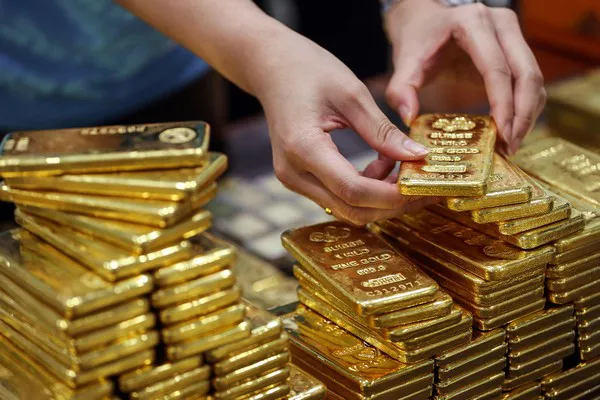Silver prices (XAG/USD) extended losses for a second consecutive session, trading near $32.30 per troy ounce during Monday’s Asian hours. While recent downward pressure weighs on silver, its decline may be tempered by rising demand for safe-haven assets amid mounting concerns over the US economic outlook and fiscal health.
Moody’s downgrade of the US credit rating—from Aaa to Aa1—citing soaring debt levels and increasing interest payment burdens, adds to the uncertainty. This follows similar downgrades by Fitch Ratings in 2023 and Standard & Poor’s in 2011. Moody’s forecasts US federal debt to surge to about 134% of GDP by 2035, up from 98% in 2023, with the federal deficit expected to widen to nearly 9% of GDP. These projections are driven by rising debt servicing costs, expanding entitlement spending, and falling tax revenues.
Silver’s pressure also reflects improved global risk sentiment. A preliminary US-China trade agreement, featuring tariff reductions—Washington cutting duties on Chinese goods from 145% to 30% and Beijing lowering tariffs on US imports from 125% to 10%—has boosted investor confidence. Optimism surrounding a potential US-Iran nuclear deal and anticipated talks between US President Donald Trump and Russian President Vladimir Putin aimed at easing Ukraine tensions have further supported risk appetite.
Nonetheless, as a non-yielding asset, silver may regain momentum amid a series of disappointing US economic indicators that strengthen expectations for additional Federal Reserve rate cuts later this year. The University of Michigan’s Consumer Sentiment Index sharply declined to 50.8 in May from 52.2 in April—the lowest level since June 2022 and marking five straight monthly drops—contrary to analysts’ forecast of a rise to 53.4, underscoring growing consumer pessimism.


